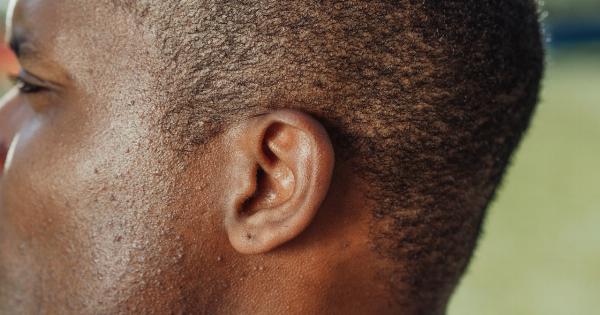Our sense of hearing is one of the most important senses that allows us to connect with the world around us. It enables us to communicate, appreciate music, and stay alert to potential dangers.
However, many people may not realize that their hearing may not be as good as they think. Certain frequencies can be difficult to detect, and missing out on them can have a significant impact on our overall hearing experience.
What are frequencies?
Frequencies are the measurement of the number of sound waves that pass through a particular point in one second. They are typically expressed in hertz (Hz). Different frequencies are associated with different sounds.
For example, a high-pitched whistle has a higher frequency compared to a low-pitched rumble.
Hearing range in humans
Humans can generally hear frequencies between 20 Hz and 20,000 Hz. The ability to hear high frequencies tends to decrease with age due to natural wear and tear on the auditory system.
However, some individuals may experience hearing loss or have difficulty hearing certain frequencies at a much younger age.
The importance of detecting all frequencies
Each frequency range serves a specific purpose in our daily lives. For instance, high frequencies allow us to hear the delicate nuances in music, the chirping of birds, or the laughter of children.
Low frequencies, on the other hand, help us perceive the rumble of thunder, the growl of a cat, or the deep notes of a bass guitar.
When we miss out on certain frequencies, our hearing experience becomes incomplete. It can affect our ability to understand speech, enjoy music, and even detect potential dangers in our environment.
How to test your hearing
If you suspect that you may be missing out on certain frequencies, it is important to test your hearing.
While a comprehensive hearing evaluation by an audiologist is the best way to measure your hearing abilities, there are some simple tests you can do at home.
1. The Whisper Test
Find a quiet room and stand about five feet away from a friend or family member. Have them whisper a series of words or numbers and see how well you can hear and understand them.
If you struggle to hear the whispered sounds, it may indicate difficulty in detecting higher frequencies.
2. The Tone Test
You can use online hearing tests or mobile apps that play different tones at various frequencies. Start with a lower frequency, around 2,000 Hz, and gradually increase it to higher frequencies. See at what point you can no longer hear the sounds.
This will give you an idea of your hearing range and if you have any difficulty detecting specific frequencies.
3. The Speech-in-Noise Test
This test helps assess your ability to understand speech in a noisy environment. Play a recording or have a friend read a sentence while there is background noise, such as a TV or radio.
If you struggle to understand the speech in the presence of noise, it may indicate difficulty in perceiving certain frequencies.
4. The Musical Test
Listen to a variety of music genres and pay attention to how well you can hear different instruments or voices.
If you find it challenging to perceive certain instruments or frequencies, it suggests that your hearing might be lacking in those specific ranges.
When to seek professional help
If you notice any difficulties in hearing or suspect that you may be missing out on certain frequencies, it is advisable to seek professional help.
An audiologist can conduct a comprehensive hearing evaluation to determine the extent of the hearing loss, if any, and suggest appropriate solutions.
Conclusion
Hearing is a vital aspect of our overall well-being. It allows us to connect with the world and experience the richness of sounds around us. Missing out on certain frequencies can have a significant impact on our auditory experience.
By testing your hearing abilities and seeking professional help if needed, you can ensure that you are not missing out on any important frequencies.




























